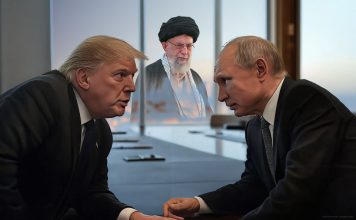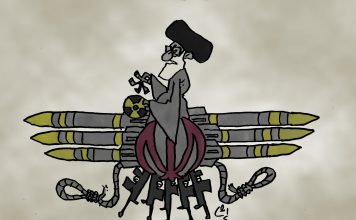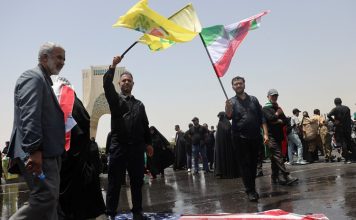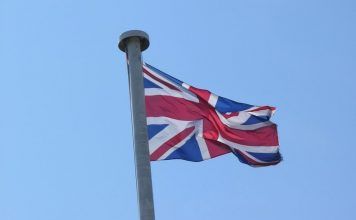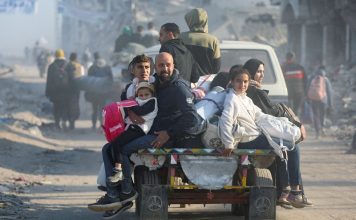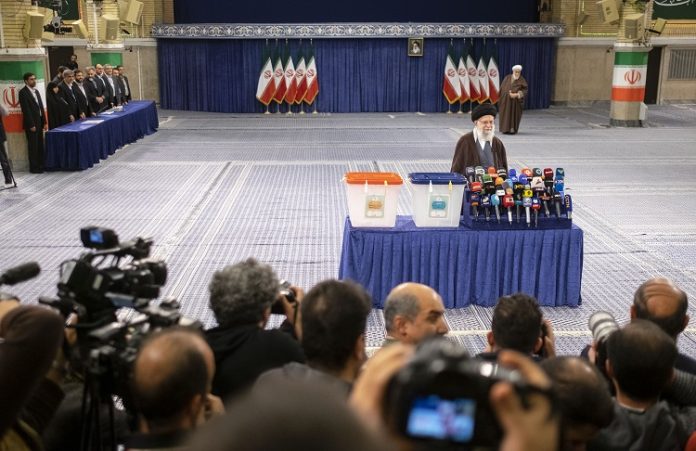
By Ahmad Rafat
Elections for the Majlis (Iranian Parliament) and the sixth Assembly of Experts (which has the power to appoint Iran’s Supreme Leader) were held on March 1.
According to official data, the recent election marked the lowest voter turnout in the Islamic Republic’s 45-year history.
Iran’s Ministry of Interior report showed that only 25 million eligible voters went to the polls.
The National Organization for Civil Registration of Iran put the number of people with the right to vote at 61,172,298.
The Mehr News Agency, which has close ties to the Iranian government, reported that only 24 percent of eligible voters in Tehran participated in the elections.
The Islamic Republic News Agency (IRNA) highlighted the lowest voter turnout in the Kurdish region, with just 25 percent of eligible voters casting their ballots.
Iran Regime’s Election Turnout Hits Record Low, Hardliners Maintain Grip on Parliament
These statistics are noteworthy as they coincide with the first elections following the ‘Woman, Life, Freedom’ movement, a widespread uprising that swept through 150 Iranian cities, resulting in 500 dead and tens of thousands injured.
Opposition groups, including some reformists, have significantly affected the low voter turnout.
The movement against participating in Iran’s Supreme Leader Ali Khamenei’s election spectacle was so intense that even former president Mohammad Khatami refrained from voting on March 1.
The writing is on the wall. The game is over for Ali Khamenei and his failed regime.
Iranians have once again rejected the Islamic Republic in its entirety by not participating in its election circus.
Make no mistake, no matter what show the regime puts on for Western media,… https://t.co/Rxcyuco4a4
— Reza Pahlavi (@PahlaviReza) March 1, 2024
Khatami’s decision to abstain from the elections is unprecedented, even though in the lead-up to the 2010 and other elections, when there were expectations he would not participate, he cast his vote at the last moment.
The images of the electoral districts shared on social media strongly suggest that the official statistics provided by the authorities significantly differ from the actual situation on the ground.
According to unofficial sources, only 20 percent of the country’s eligible voters went to the ballot boxes on March 1.
The city of Yazd, the capital of the central province of Yazd, saw many spoiled (invalid or void) votes, twice the number of votes received by the second candidate in the race.
Tehran also reported a high number of invalid votes in the March elections. According to the Tehran-based Ensaf News, a reformist-aligned news website, over 300,000 spoiled votes were cast in Tehran alone.
A significant number of votes in Tehran were reportedly invalid. The highest number of votes for a candidate in Tehran was slightly over 100,000. However, unofficial news sources suggest that between 40 and 50 percent of the votes in Tehran were invalid.
The high number of spoiled votes is believed to be due to various threats against employees who choose not to vote in the elections. As a result, many people felt coerced to attend the polls but refused to cast valid votes as a protest.
According to official statistics, this is not the first election in which the participation rate has fallen below 50 percent.
In the previous Majlis election on Feb. 21, 2020, slightly over 42 percent of eligible voters went to the ballot boxes. Authorities attributed the low voter turnout four years ago to the impact of Covid-19.
However, the Iranian government’s distorted narrative of the events leading up to the 2020 elections conveniently omits any reference to the nationwide protests in November 2019.
These protests, as documented by Amnesty International, tragically resulted in approximately 1,500 deaths within just four days due to the indiscriminate use of force by security forces against peaceful demonstrators.
Islamic Republic Rejects Germany’s Criticism Of Its Human Rights Record At UN Conference
The mass protests were also sparked by Ukrainian commercial Flight PS752, which was “unintentionally” shot down by the Islamic Revolutionary Guards Corps (IRGC) near Tehran’s Imam Khomeini International Airport on Jan. 8, 2020, killing all 176 people on board, including nine crew members.
The Western media outlets that reported on the March 1 elections have highlighted a common perspective regarding the low voter turnout, particularly among women and youth.
According to these sources, widespread dissatisfaction with the current government is the prevailing reason behind the lack of participation in the elections.
Foreign journalists allowed to cover the elections, such as a reporter from German TV channel One, used the term “circus” to describe the elections. They were prevented from filming in many electoral districts because no people lined up to vote at those polling stations.
Ali Khamenei and other leaders of the Islamic Republic have attributed the low voter turnout to external factors and foreign countries.
In the days leading up to the recent elections, Ali Khamenei repeatedly stated that the lack of participation at the ballot box was part of “the enemy’s strategic policy.” He also mentioned that “polarizing society is a goal of the enemy and opponents of the Iranian nation.”
However, according to surveys conducted by government institutions in Iran, there was predicted to be a low voter turnout in March.
The Iranian Students Polling Agency (ISPA), affiliated with the Iranian Students News Agency (ISNA), predicted that the maximum nationwide participation in the elections would be 38.5 percent. The agency also forecasted that the voter participation rate in Tehran would be around 23.5 percent.
The Tehran-based Khabar Online website shared the findings of a survey conducted by a “government center,” which predicted a 30 percent voter participation rate in the nationwide elections on March 1.
However, the website was compelled to delete this report the following day and stated, “In a phone call, Khabar Online was instructed to remove this news from its platform.”

